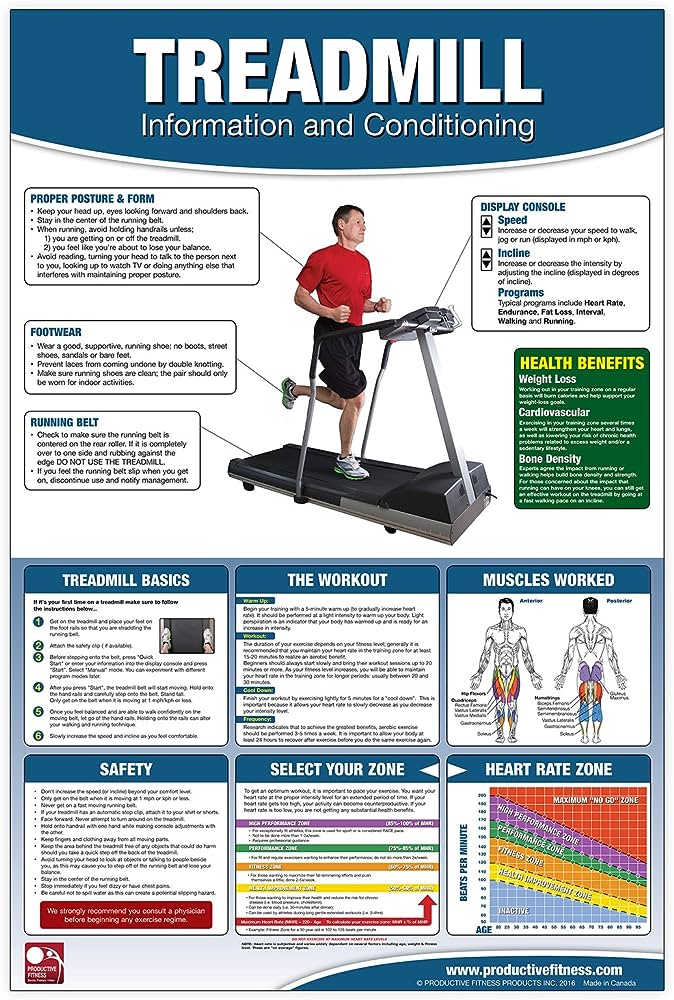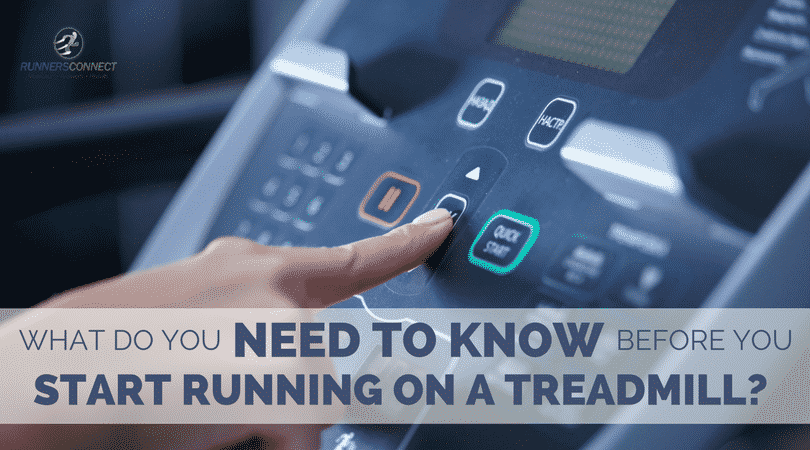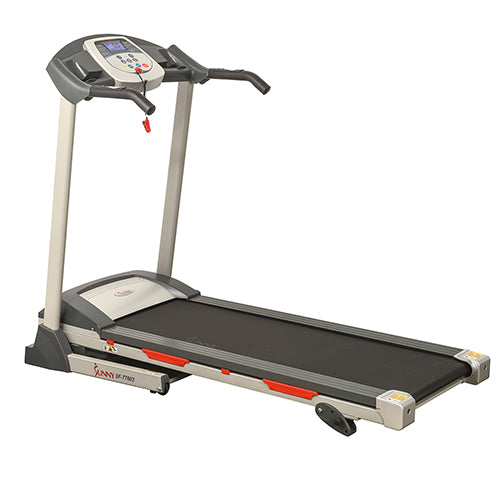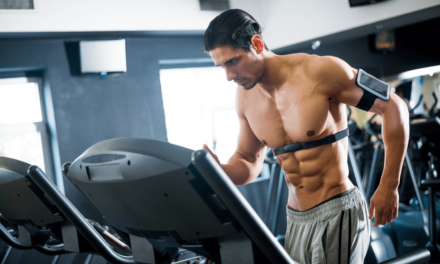If you’ve ever wondered how to use a treadmill, look no further. In this article, we’ll guide you through the steps to effectively use a treadmill for your workouts. Whether you’re a beginner or a seasoned runner, we’ve got you covered. From adjusting the settings to incorporating interval training, you’ll learn everything you need to know to make the most of your treadmill workouts. So lace up your shoes, hop on the treadmill, and let’s get started on your fitness journey.

This image is property of i.ytimg.com.
Choosing the Right Treadmill
When it comes to choosing the right treadmill, it’s essential to consider your goals and fitness level. Are you a beginner looking to start a fitness routine, or are you an experienced runner training for a marathon? Understanding your fitness level will help you determine the features and specifications you need in a treadmill.
Next, think about the available space in your home or gym and set a budget. Treadmills come in various sizes, so it’s important to measure the space where you plan to place the treadmill to ensure it fits. Additionally, consider your budget and find a treadmill that offers the features you need without breaking the bank.
Researching different treadmill types is crucial for making an informed decision. There are manual treadmills, motorized treadmills, folding treadmills, and more. Each type has its advantages and disadvantages, so take your time to understand which one aligns best with your needs and preferences.
Preparing for a Treadmill Workout
Before hopping onto the treadmill, it’s important to wear suitable clothing and footwear. Choose athletic wear that allows for freedom of movement and keeps you comfortable throughout your workout. Opt for proper athletic shoes that provide cushioning and support for your feet.
To prevent any injuries, it’s crucial to warm up before starting your treadmill workout. Spend a few minutes performing dynamic stretches or engaging in light cardio exercises to increase your heart rate and loosen up your muscles. This will prepare your body for the upcoming workout and reduce the risk of strains or sprains.
Adjusting the incline and speed settings on your treadmill is essential for a customized workout. Gradually increase the intensity by adjusting the incline and speed as per your fitness goals. Consider incorporating interval training into your routine by alternating between high and low intensity intervals. This will help you maximize calorie burn and improve endurance.
Using the Treadmill Safely
To ensure your safety while using the treadmill, it’s important to read the user manual thoroughly. Familiarize yourself with the controls, safety features, and any specific instructions provided by the manufacturer. This will help you use the treadmill correctly and avoid accidents or injuries.
Maintaining the correct posture while using the treadmill is crucial for preventing strain on your joints and muscles. Stand upright with your head aligned with your spine and your shoulders relaxed. Avoid leaning forward or backward and maintain a natural stride. Engage your core muscles to provide stability and support throughout the workout.
Most treadmills come equipped with safety features such as an emergency stop button or a safety clip. These features are designed to stop the treadmill immediately in case of an accident or loss of balance. Make sure to use these safety features and keep them accessible during your workout for added peace of mind.
Starting Your Treadmill Workout
Mounting the treadmill safely is an important step before starting your workout. Place one foot on the side rail and the other on the deck, holding onto the handrails if necessary. Step onto the belt slowly and position yourself in the center. Once you feel balanced and comfortable, you can release the handrails and start your workout.
When starting your workout, it’s recommended to begin with a slow pace. This allows your body to warm up gradually and adjust to the movement of the treadmill. Start with a comfortable walking speed and gradually increase the pace as you feel more comfortable. Remember, it’s better to start slow and gradually build up your intensity rather than pushing yourself too hard from the beginning.
Maintaining proper posture throughout your treadmill workout is crucial for avoiding unnecessary strain on your joints and muscles. Keep your head up, shoulders relaxed, and avoid slouching or leaning to the sides. Engage your core muscles to provide stability and support, and try to maintain a natural stride that feels comfortable for you.

This image is property of i.ytimg.com.
Varying Your Treadmill Workout
To add variety and challenge to your treadmill workouts, consider experimenting with incline intervals. Increasing the incline simulates uphill running and activates different muscle groups. Start with a slight incline and gradually increase it as you build strength and endurance. Alternating between flat and inclined intervals will help you burn more calories and improve your overall fitness.
In addition to incline intervals, try varying your speed levels during your treadmill workouts. Gradually increase your speed to challenge yourself and improve your cardiovascular endurance. You can also incorporate intervals of high intensity, where you sprint or run at a faster pace for a short duration, followed by intervals of low intensity, where you recover at a slower pace. This type of training, known as HIIT or interval training, is highly effective for burning calories and improving cardiovascular fitness.
Monitoring Your Treadmill Workout
Using the heart rate monitor on your treadmill can help you gauge the intensity of your workout. This feature allows you to track your heart rate and ensure you’re working within your target heart rate zone. This is especially useful for those looking to improve cardiovascular fitness or monitor their heart health during workouts.
Tracking your stats and progress is essential for staying motivated and monitoring your improvements. Many modern treadmills come equipped with built-in trackers that record your distance, time, speed, and calorie burn. Take advantage of these features to set goals and track your progress over time. You can also consider using fitness apps or wearable devices to sync your treadmill workouts and monitor your overall fitness journey.
Staying hydrated during your treadmill workouts is vital for maintaining optimal performance and preventing dehydration. Keep a water bottle within reach and take small sips of water during your workout. Even if you don’t feel excessively thirsty, it’s important to stay hydrated throughout your entire workout.

This image is property of Amazon.com.
Maintaining Your Treadmill
Regular maintenance is essential for keeping your treadmill in good working condition. Make sure to clean the treadmill regularly, wiping down the console, handrails, and belt with a mild cleaning solution. Lubricating the belt as per the manufacturer’s instructions will help reduce friction and extend the life of your treadmill.
Checking and tightening bolts and screws periodically is important to ensure that your treadmill remains stable and secure. Over time, vibrations and regular use can cause these components to loosen. Take a few minutes every month to inspect and tighten any loose bolts or screws to prevent accidents or damage to your treadmill.
Inspecting the belt and deck of your treadmill is crucial for identifying any signs of wear or damage. Over time, the belt may become worn or frayed, and the deck may show signs of excessive wear. If you notice any issues, contact the manufacturer or a professional for assistance. Regular inspections will help extend the lifespan of your treadmill and ensure your safety while using it.
Troubleshooting Common Treadmill Issues
If you encounter any issues with your treadmill, here are some common problems and their solutions:
-
Treadmill Won’t Start: Check if the treadmill is properly plugged in and the power switch is turned on. Ensure that the safety key is inserted correctly and in place. If the problem persists, consult the user manual or contact customer support.
-
Belt Slips While Running: If you experience the belt slipping, it could be due to insufficient tension or excessive wear. Check the tension adjustment mechanism and make necessary adjustments as per the user manual. If the belt shows signs of wear or damage, it may need to be replaced.
-
Unusual Noises or Odors: Unusual noises or odors may indicate mechanical issues with your treadmill. Check for loose parts, foreign objects, or signs of damage. If the problem persists, it’s best to consult a professional for proper diagnosis and repair.
:max_bytes(150000):strip_icc()/quick-and-effective-treadmill-workouts-3866052_final_text-f855c2b476994121bdb5d3d5c7def251.png)
This image is property of www.verywellfit.com.
Benefits of Using a Treadmill
Using a treadmill offers a multitude of benefits for your overall health and well-being. Here are some key advantages:
-
Improved Cardiovascular Health: Regular treadmill workouts can improve heart health, increase lung capacity, and enhance overall cardiovascular endurance. This can help reduce the risk of heart disease, lower blood pressure, and improve circulation.
-
Weight Loss and Management: Treadmill workouts are effective for burning calories and achieving weight loss goals. By incorporating high-intensity intervals and challenging incline levels, you can maximize calorie burn and boost your metabolism.
-
Convenience and Accessibility: Having a treadmill at home or at the gym provides convenience and accessibility. You can work out at any time, regardless of the weather or other external factors. This eliminates the need for traveling to a gym and allows for consistent exercise routines.
Conclusion
Choosing the right treadmill and using it correctly can significantly contribute to achieving your fitness goals. Consider your goals, fitness level, available space, and budget when selecting a treadmill that suits your needs. Prioritize safety by wearing suitable clothing, warming up, and using the safety features provided. Vary your workout to keep it interesting and challenging, and monitor your progress using the heart rate monitor and tracking features. Regular maintenance and troubleshooting can help keep your treadmill in good working condition, ensuring its longevity. Enjoy the benefits of using a treadmill, including improved cardiovascular health, weight loss, and convenience. Happy treadmill workouts!

This image is property of runnersconnect.net.





